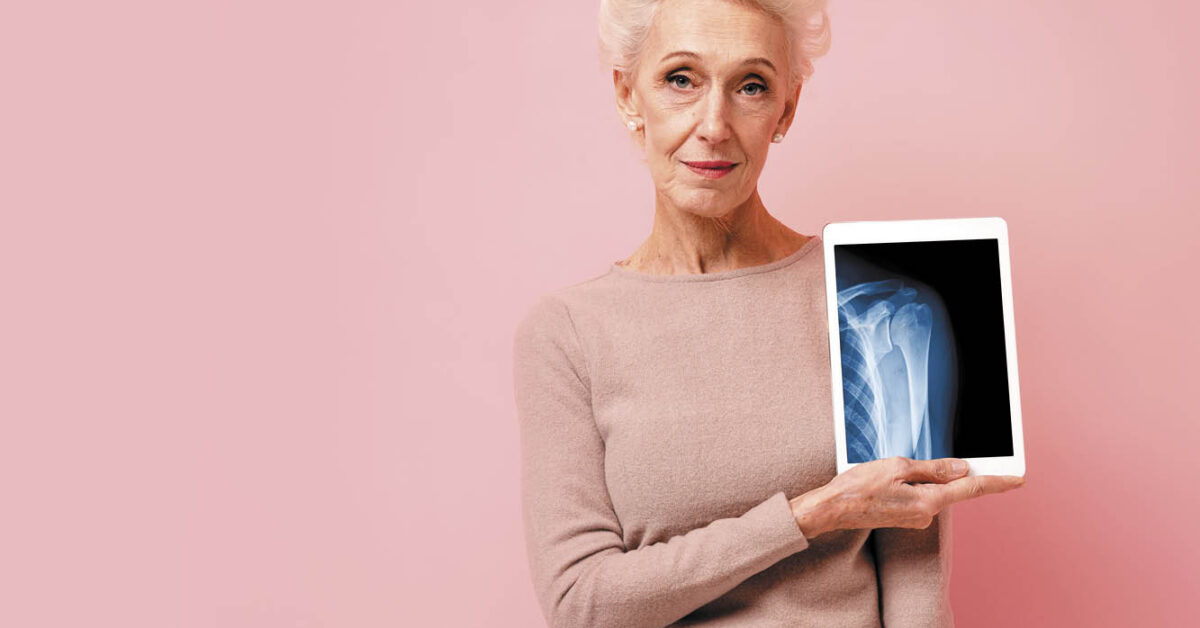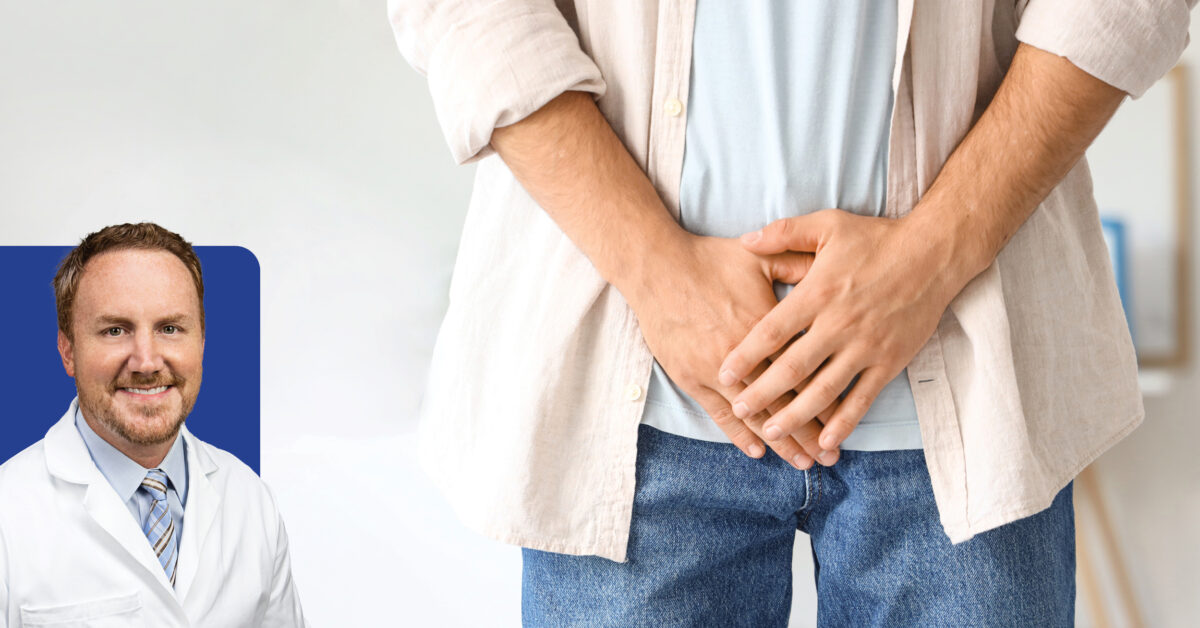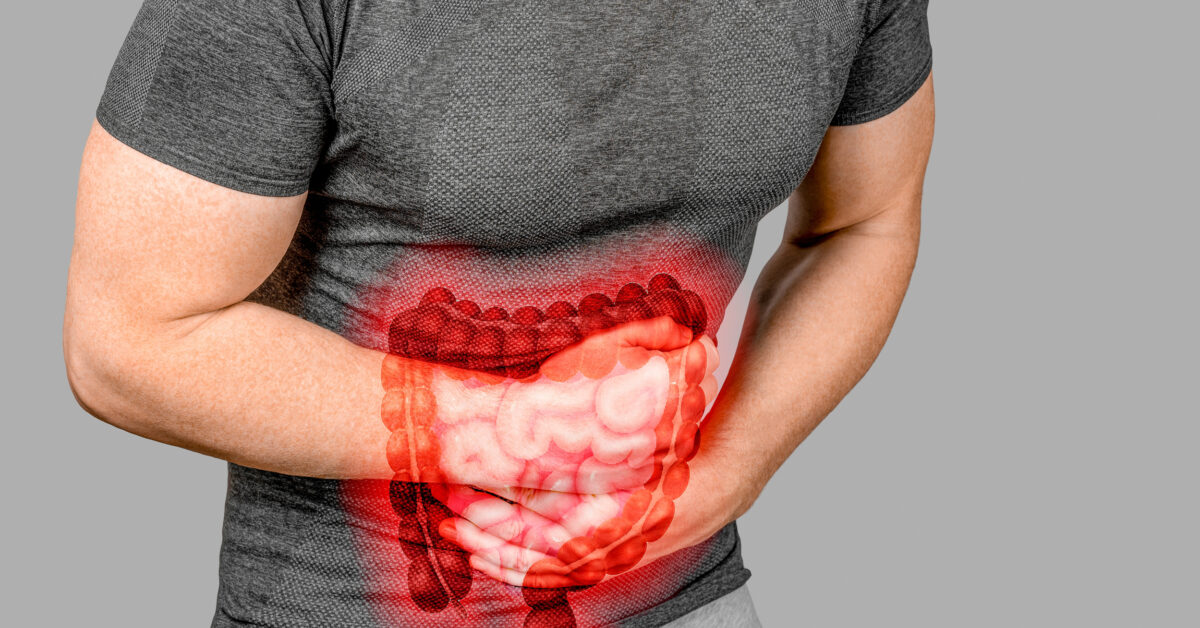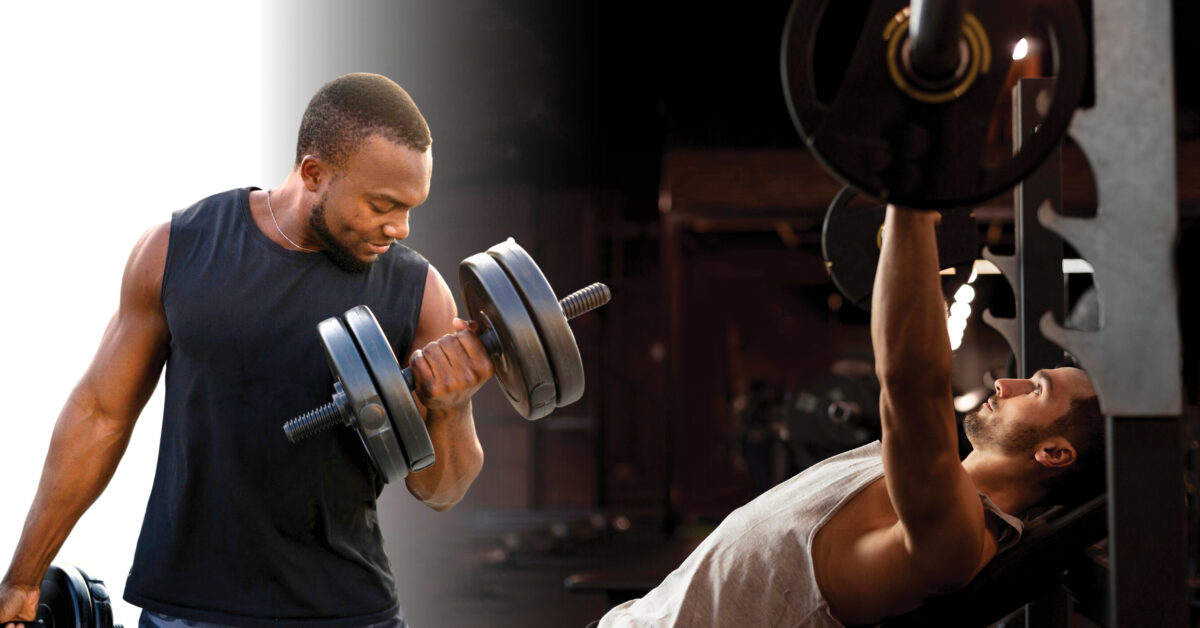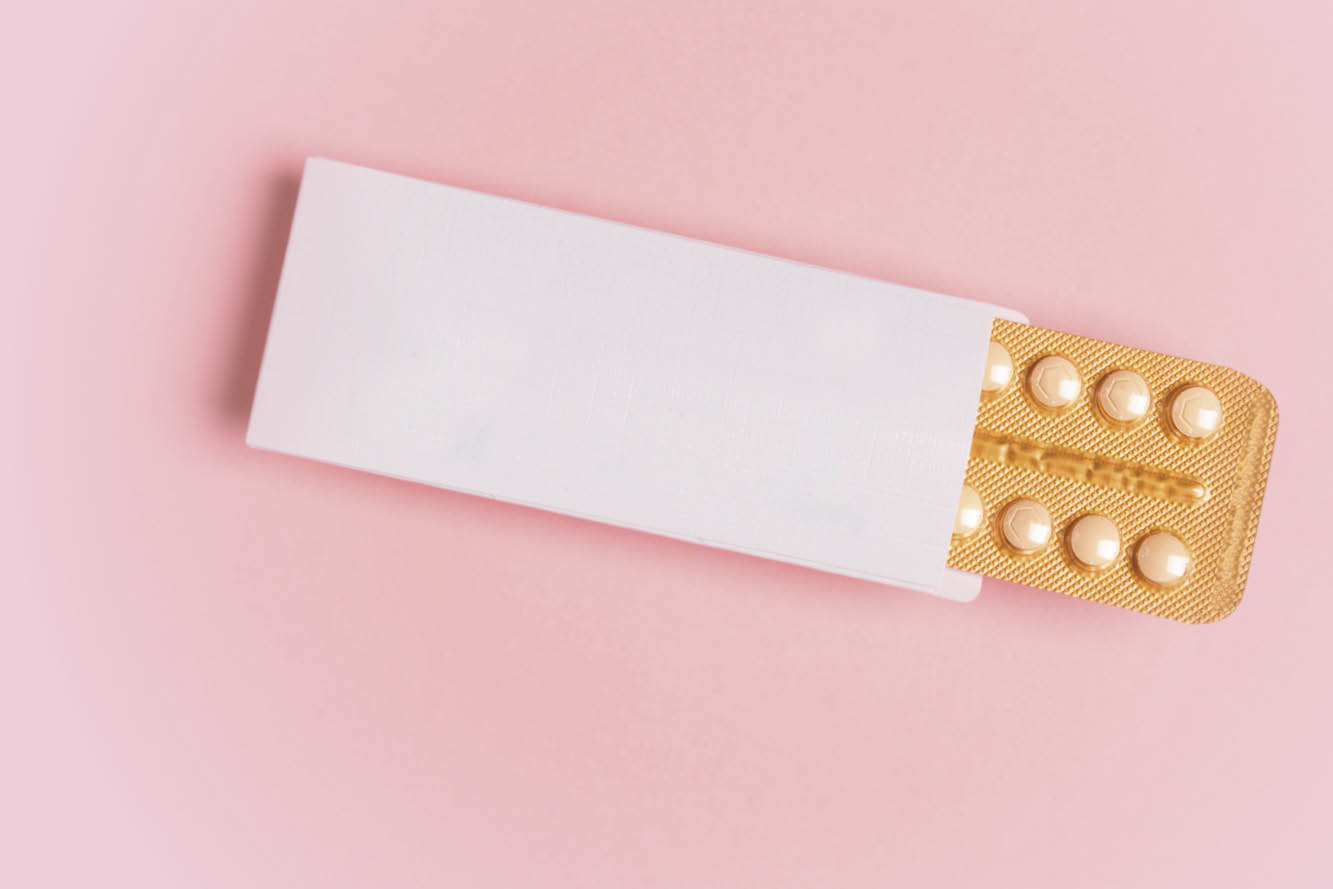
Managing Hormonal Weight Gain
May 2021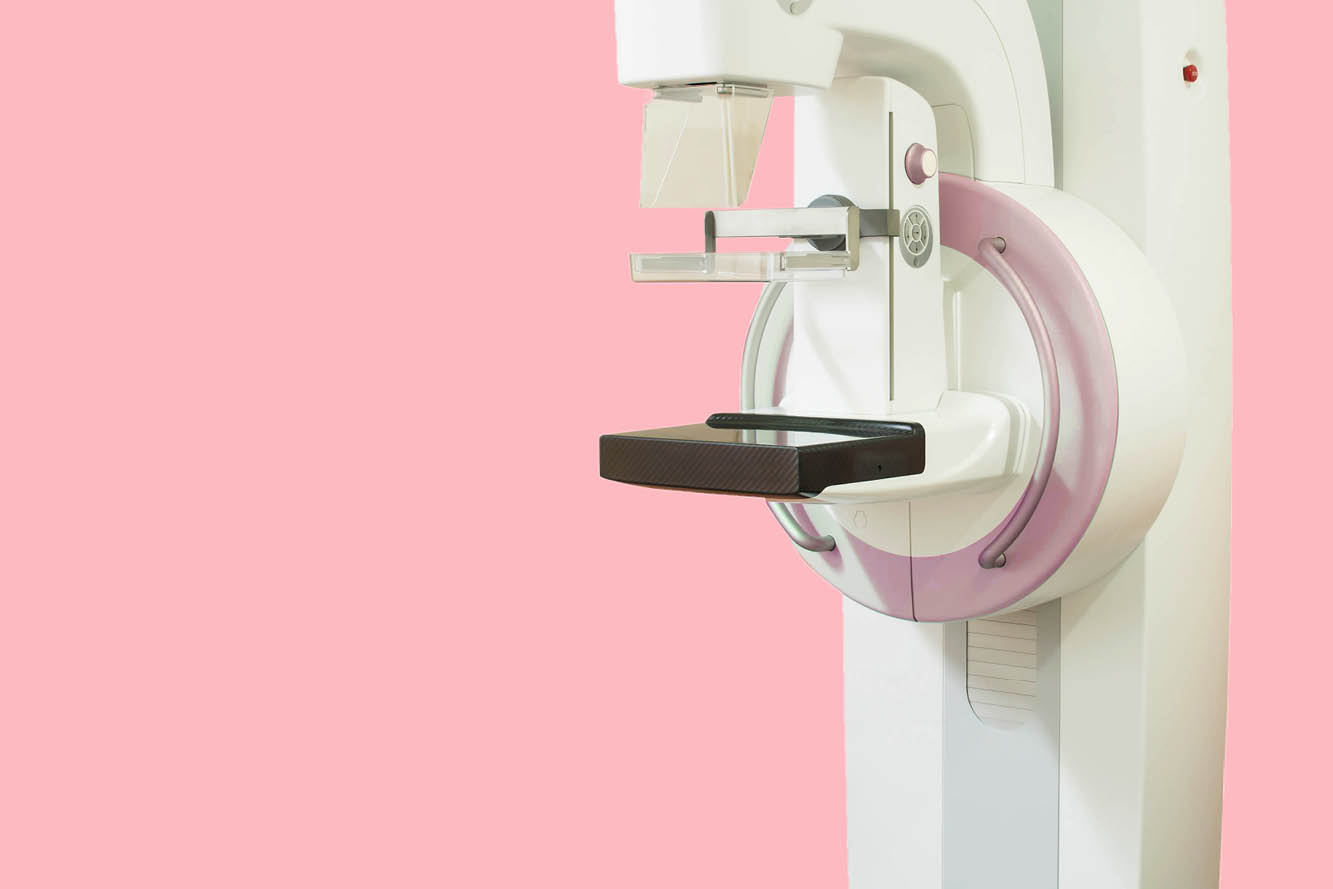
Are You at Increased Risk for Breast Cancer?
May 2021by Christine Fisher
For women in their sixties, the risk of breaking a bone increases each year. Declining levels of estrogen make a significant difference in the strength of a woman’s bones.
As the years go by, bones naturally weaken. This change happens silently over a long period of time. Many women are unaware that their bones are brittle until they fracture or break a wrist or hip. “Some of my patients tell me they were doing routine things, like gardening, or housecleaning. They lost their footing somehow and fell, and they ended up breaking a bone,” said Dr. Scott Bergstedt, ob/gyn with OBG-1 of West Calcasieu Cameron Hospital.
Dr. Bergstedt explained that after menopause, bones weaken each year. In the first five to 10 years after menopause, 25 – 35 percent of bone density can be lost. “It varies from woman to woman, as each individual’s risks determine the likelihood for osteoporosis. Knowing the risk helps women do what they can to boost their bone health and hopefully avoid the pain and hassle that broken bones bring,” he said.
Bone density testing helps determine the strength of the bones and the probability of a fracture. It’s a simple, noninvasive procedure that takes a few minutes but can give needed information about bone health. It’s recommended for women 65 years and older, and for anyone with an increased risk of osteoporosis.
Some people may confuse bone density testing with a bone scan. They are two very different procedures. Bone scans require an injection of radioactive material into the blood stream for contrast purposes. Bone density scans, or DEXA scans, are available at many physician offices and hospitals. There are some portable types used to scan heels, and give an indication of bone strength. These are known as peripheral devices. While these can give an idea of bone strength, the preferred method of testing bone health is known as a central device. The DEXA scan is available West Calcasieu Cameron Hospital.
During the test, the patient lies down while a mechanical arm passes over their body, emitting a small amount of radiation; about a tenth of the radiation during an average chest x-ray. It takes about ten minutes for the test.
Results show how the patient compares to other individuals of the same age, race, and gender. It calculates any deviation, giving a fairly good idea of overall bone health. As with any kind of health concern, understanding the risk involved is the first step in developing a treatment plan.
If a DEXA scan reveals bone weakness, boosting bone health is the key to preventing osteoporosis. “The purpose of a bone density exam is to analyze the risk and attempt to avoid further bone loss,” said Dr. Bergstedt.
Talk with your doctor about methods to increase bone strength. These may include medications, increased calcium and vitamin D, getting more exercise including weight bearing exercise and eating healthier. Hormone therapy can reduce a woman’s risk of getting osteoporosis, but because of side effects, women should research the associated risks and thoroughly discuss them with their doctor.
Utilizing diagnostic technology like the DEXA scan can make a real difference in the quality of life for many people. If an increased risk for osteoporosis is discovered and treated, it can help avoid having to repair a broken bone, and a fractured way of life.
Some women are at higher risk for osteoporosis. These include:
- Slender, small-framed women
- Caucasian or of Southeast Asian descent
- Family history
- Smoking
- Excessive alcohol or caffeine consumption
- Physical inactivity
- Some medications
To schedule an appointment to learn more about the DEXA scan, call OBG-1 of West Calcasieu Cameron Hospital at
337-312-1000.



